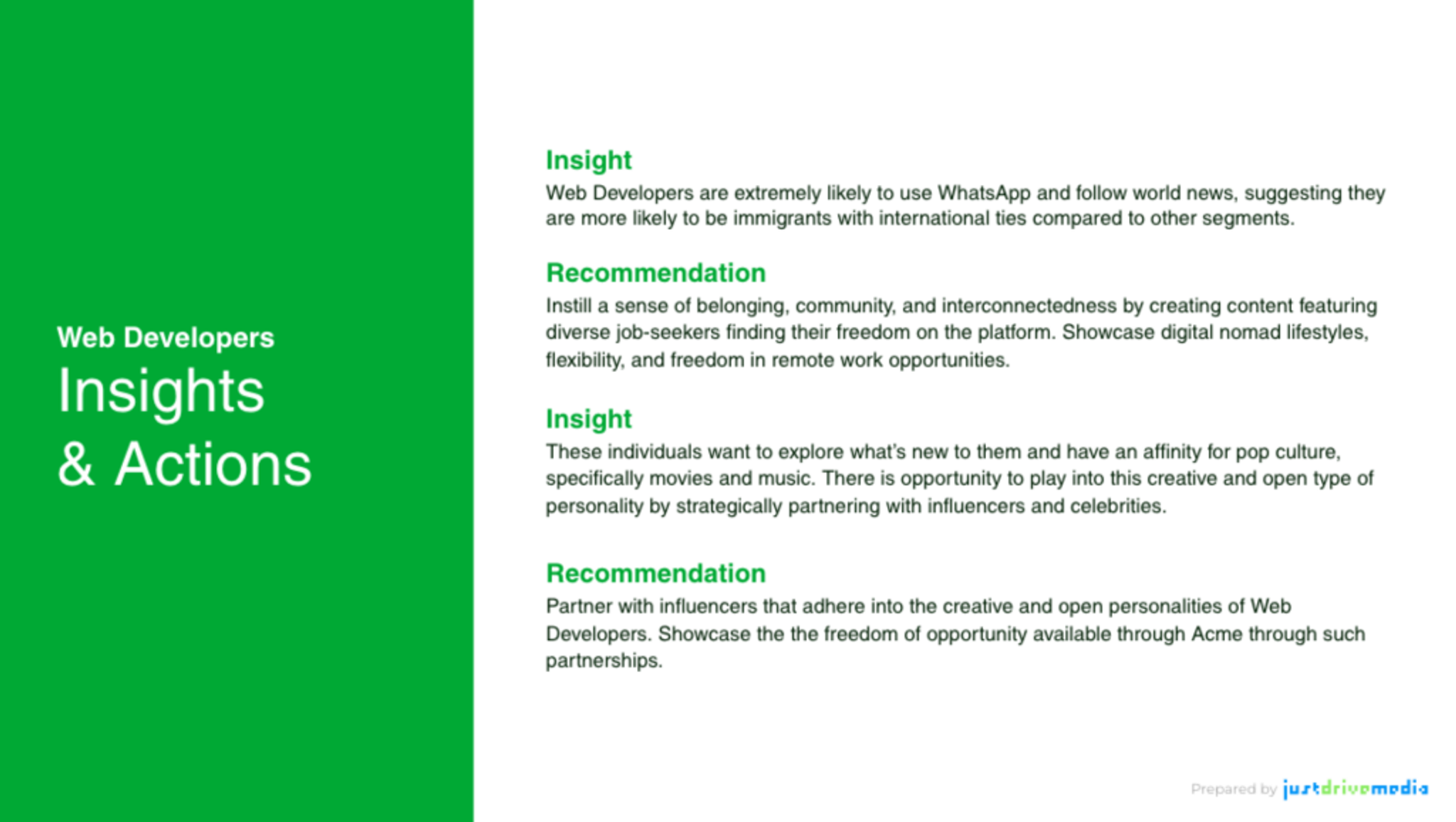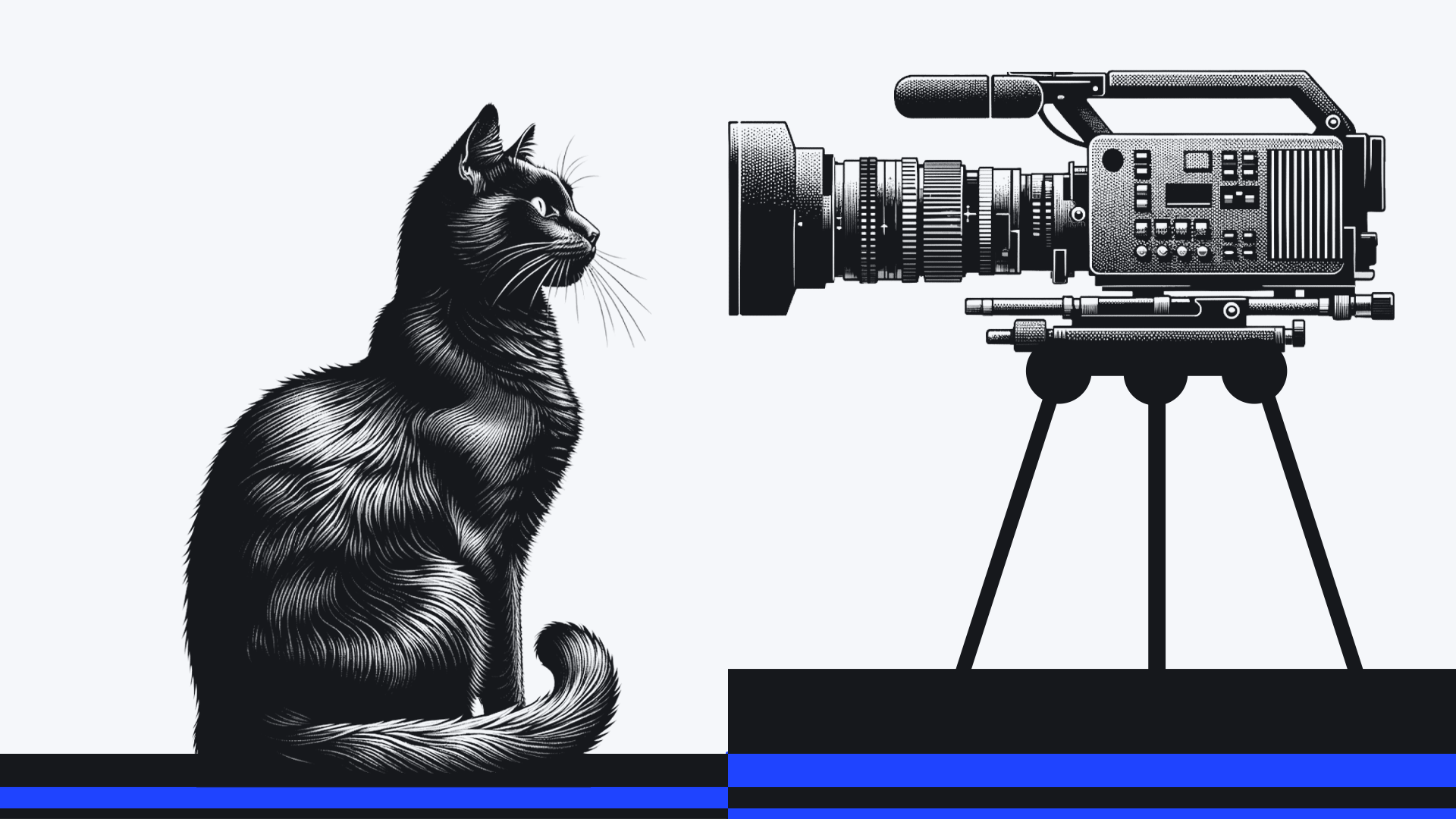June 5, 2023
Uncovering The “Who” Behind Your Social Audience

What Makes Up an Audience?
“How can we best reach our social audience?” It’s a puzzle communication professionals are asked to solve time and time again. To find the answer, it first helps to understand the anatomy of an audience.
According to Pew Research Center, more than 73% of Facebook users are aged 50-64, while only 14% of TikTok users fall in that same age group. Half of LinkedIn users make more than $75K per year versus the 29% of Snapchat users who make the same amount.
In other words, audiences are not single entities, but instead are made up of several sub-audiences, or segments, that can be split by analyzing their shared demographics, habits, and interests, among many other common traits.
Understanding your audience makeup provides a clearer picture of who you’re engaging on social media and uncovers new segments ripe with insights to unearth and users to reach. Let’s dive into how to do it.
Identifying Audience Segments
There are two primary methods of identifying social audience segments: affinity and interconnectedness. Both have their unique qualities and use cases.
Affinity segmentation looks at common threads between audience members based on who or what they like (think accounts followed or the content they enjoy). This type of report will uncover the audience with a demonstrated interest in a given brand, product, or service.
Interconnectedness segmentation sifts audience members based on how they are connected to one another, such as job titles or companies. This type of report will unearth new social opportunities in a community.
Consider whether affinity or interconnectedness segmentation better aligns with your business goals. Affinity segmentation is helpful when crafting large brand campaigns, as well as discovering the core audiences within a social following. Interconnectedness is beneficial to find nuanced audiences or subsets to refine niche messaging and is often recommended for B2B companies.
After choosing a method, we can take the analysis a layer deeper by tapping into IAB Audience Taxonomy and open-source user data sources to group audience segments based on demographics, socioeconomic status, preferred platforms, and online habits. These characteristics feed into topline audience groups.

In the above example from a social audience report we ran on a well-established brand, we found that their audience was made up of four primary segments: Digital Artists, Web Developers, Journalists/Freelancers, and Gamers.
Using Watson AI, analysis can go even further in-depth to assign personality profiles to each group. For example, the Web Developers audience group displays higher creativity and an inclination to problem-solve, whereas Gamers demonstrate introspective tendencies and are heavily influenced by mood. Understanding personality and behavior differences empowers marketers to create personalized content and social activations that will align with their audience’s needs and interests, enhancing engagement and prompting desired actions.

For example, we know that the Web Developer segment following this job site is 9x more likely to be a Medium user than the US population. If there was a relevant product update for this segment, we would recommend partnering with influencers who reflect the same values and invite them to be guest writers for the site’s Medium account.

Establish Social Audience Benchmarks
Using the report findings, you can benchmark audience group data against your brand’s existing social following to answer questions such as:
How do the audience groups align with your existing audience? If you identify a discrepancy between the two, you can find and engage relevant influencers to reach desired audiences.
Does your existing follower base care about your product or service? If not, see what content they do care about by exploring their shared content affinity.
Are you hitting your audience growth goals? Examine likes, comments, link clicks, and other target metrics to analyze what content your audience members interact with. Then, you can implement those insights to drive engaging content that increases follower growth.
How can these audiences be used? For loyalty? Customer advocacy? Groups with strong brand affinity may be better suited for loyalty, while groups whose members are influential in their communities could be effective for advocacy.
Finding a Story Behind the Data
So, back to the initial question: “How can we best reach our social audience?”
First, understand who your audience is by identifying segments that share common affinities and characteristics.
With demographic and psychological profiles made possible by segmentation, you can then derive insights and establish benchmarks to determine if your brand’s social content is on the right path to successfully engaging your audience.
Interested in learning more? Check out this sample research report we put together, read through our FAQ below, and engage with us on social!
FAQ
How do you measure the effectiveness of different content types across various audience segments?
- Start by using social media analytics tools to track engagement metrics (likes, shares, comments) and conversion rates specific to content shared with different audience segments.
- Conduct A/B testing with variations of content types across segments and analyze which versions perform best in terms of engagement and achieving desired actions (e.g., link clicks, sign-ups).
How can smaller businesses with limited resources effectively implement audience segmentation?
- Focus on free or low-cost tools (such as native analytics provided by social media platforms) to start identifying basic audience segments.
- Engage directly with your audience through social media polls, surveys, and conversations to gather insights and segment your audience based on feedback and observed behaviors.
Related Stories

Social Media for Executives: The Influence Economy Has Come for the C-Suite
Discover how top Inc. 5000 executives are driving influence and building credibility through authentic, human social media content.
October 20, 2025

From Upvotes to Influence: How Reddit Marketing is Redefining Brand Trust Online
Learn how Reddit marketing is reshaping brand trust, search visibility, and AI results in 2025, and how your brand can win on the platform.
October 9, 2025

The Rise of GEO: What Brands Must Do to Stay Visible in an AI-First Search Era
Search is changing fast. Discover how to shift from SEO to GEO and keep your brand visible in AI-driven, zero-click search results.
August 19, 2025

The Rise of the Employee-Influencer: Why Your Best Advocates Might Already Be on Payroll
Explore the growing power of employee advocacy and how companies can harness the authentic voices of their teams to build trust, expand reach, and strengthen their brand.
July 28, 2025

The AI Power Players: Who’s Influencing the Narrative? And What Can Business Leaders Learn from These Voices?
Who’s shaping the conversation around AI, and how? We analyzed the data to spotlight the most influential voices driving public opinion, platform adoption, and policy.
March 27, 2025

LinkedIn Creators Are Changing the Game for B2B Marketing - Are You Ready?
Discover how LinkedIn creators can help humanize your B2B marketing, build trust, and drive stronger connections—an untapped opportunity many brands are missing.
November 18, 2024

Why Executive Communication Is More Critical Than Ever, and How to Do It Right
Learn why executive communications are key to building trust, engagement, and visibility, and how that impacts business results.
November 13, 2024

Level Up Your LinkedIn: The Profile Power Guide
Unlock the secrets to mastering LinkedIn and transforming your profile into a powerhouse of professional connections and opportunities. Ready to rock your LinkedIn presence? Click to dive in!
June 7, 2024

The Art of Listening: From Diverse Signals to Business Value
Measuring content strategies to determine what's driving the most value can be tricky. Here's what to think about when it comes to media measurement, social listening, and brand signal analysis.
May 21, 2024

How To Plan Ahead For a PR Crisis
Ever wonder how top brands navigate a PR crisis? Check out this guide to learn how to craft a solid strategy that will protect your brand's reputation.
October 6, 2022

Stop Fighting Social Algorithms And Do This Instead
Struggling to keep up with social media algorithms? Find out how a simple shift in your content strategy can dramatically boost your brand's presence.
August 3, 2022

The Unique Challenges And Opportunities Of B2B Influencer Marketing
Influencer marketing isn't just the realm of consumer marketers. See why it's a hidden gem for boosting trust and referrals for B2B, too.
July 6, 2022

5 Steps To Running A Smooth AMA On Social Media
Ready to host an AMA that sparks conversations and connects deeply with your audience? Dive into our five essential steps for a seamless social media event.
May 12, 2022

Inside Our Metric Ecosystem - And Why It Wins Awards
Explore the foundation of our award-winning methodology and learn how we tap the power of social data for better decision-making.
May 1, 2018